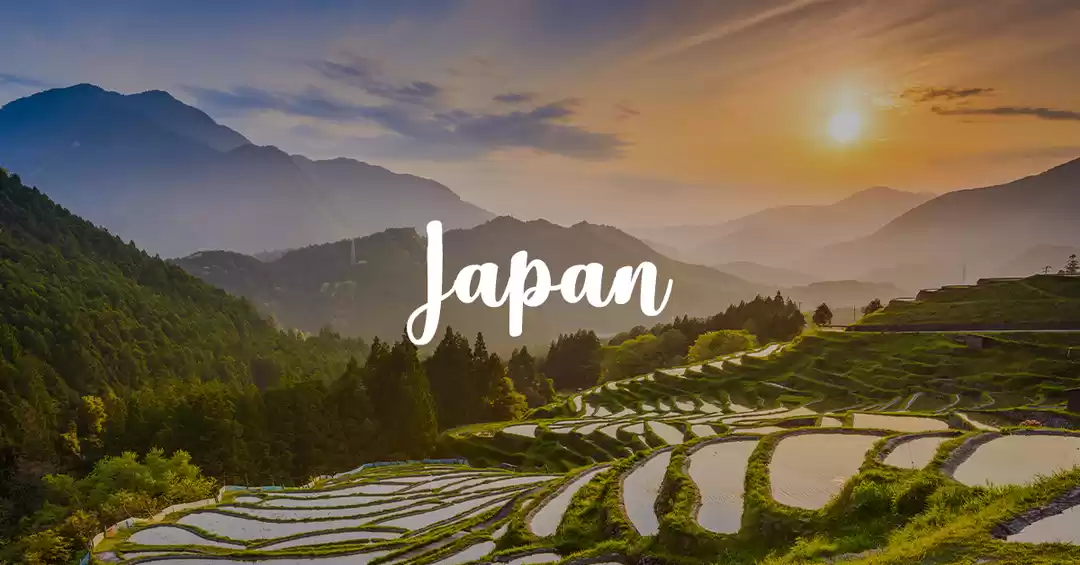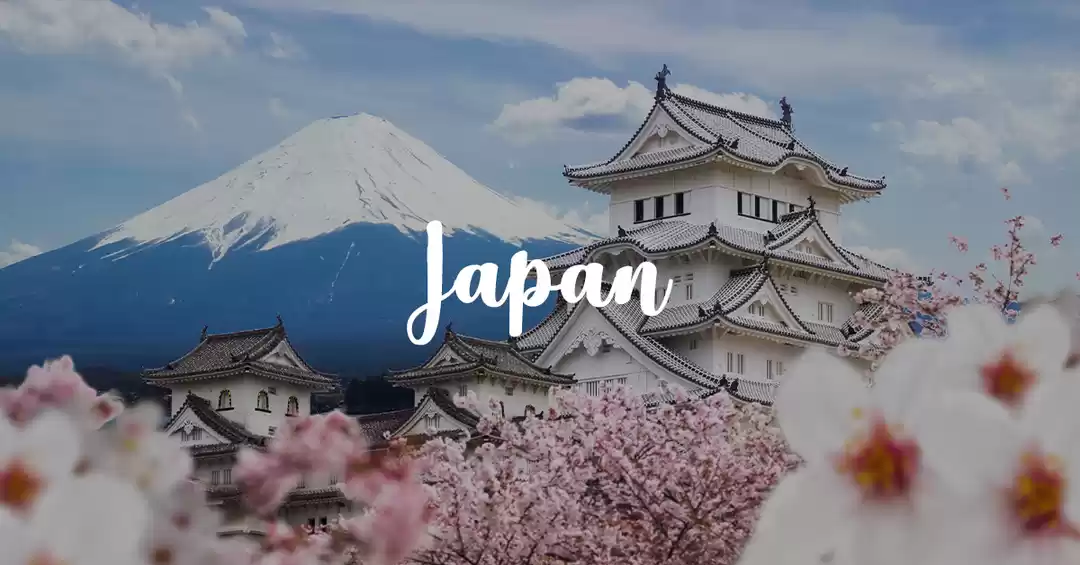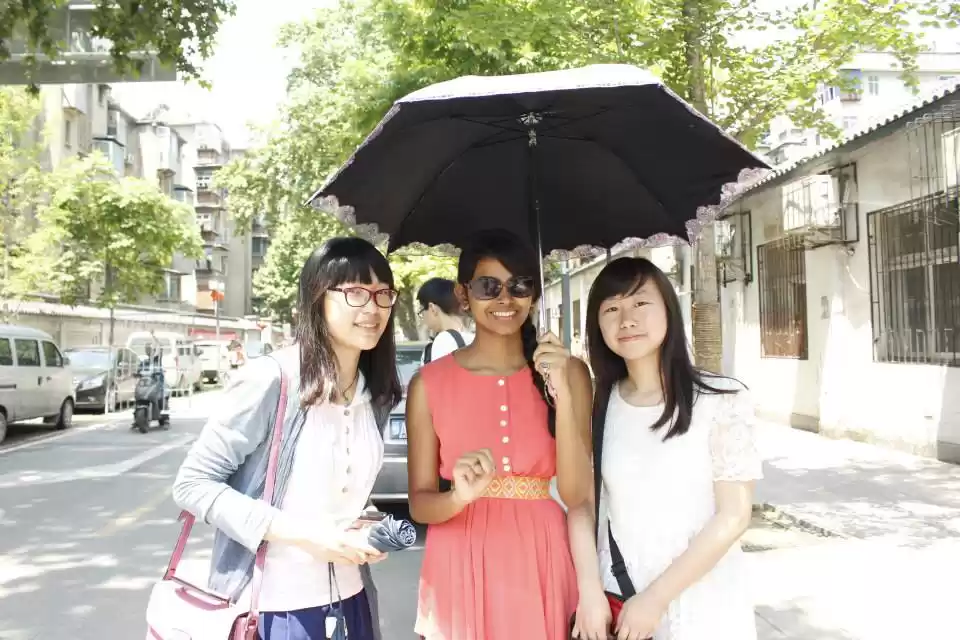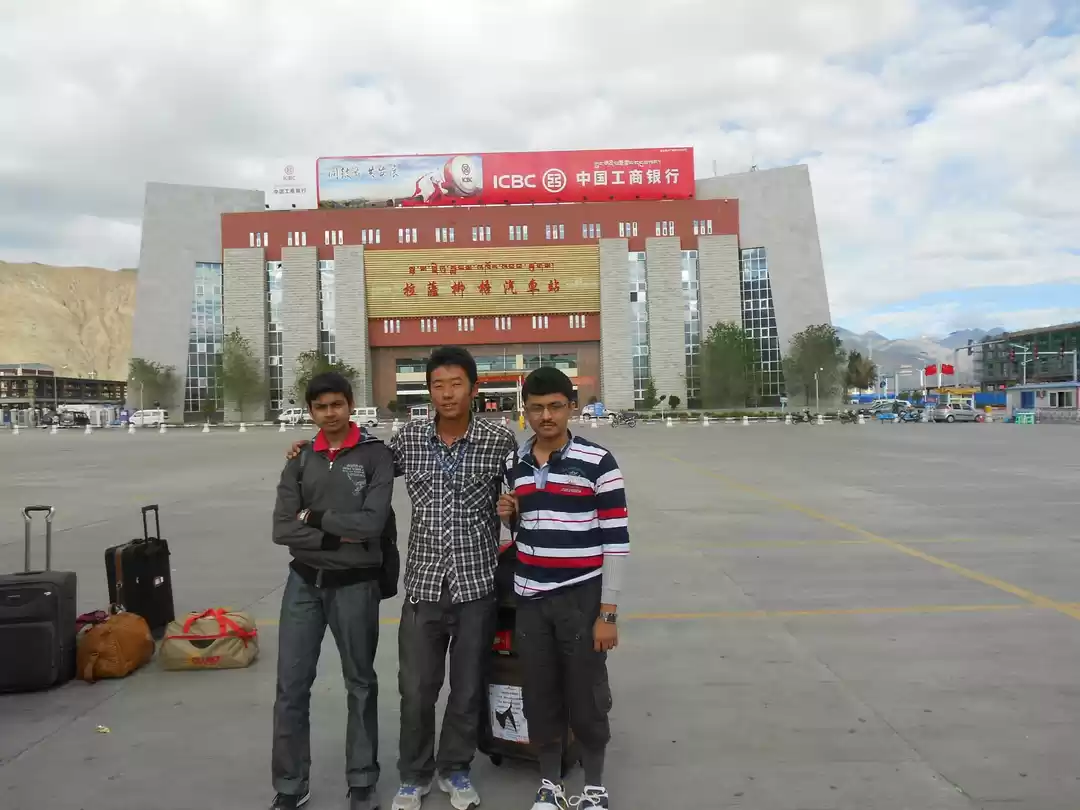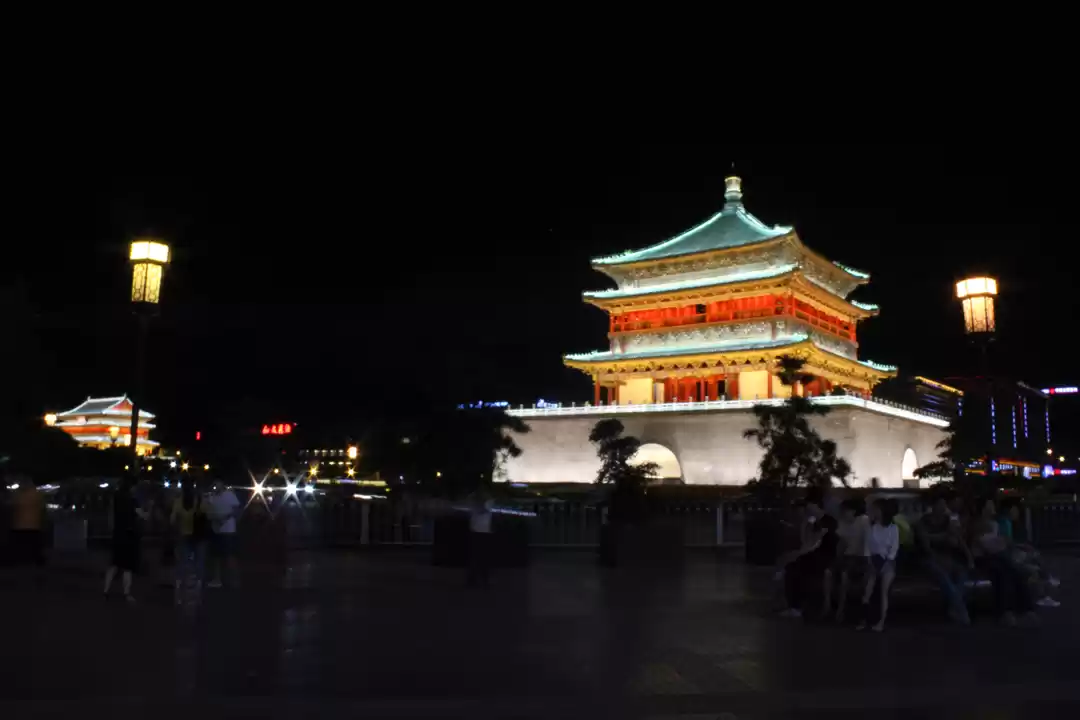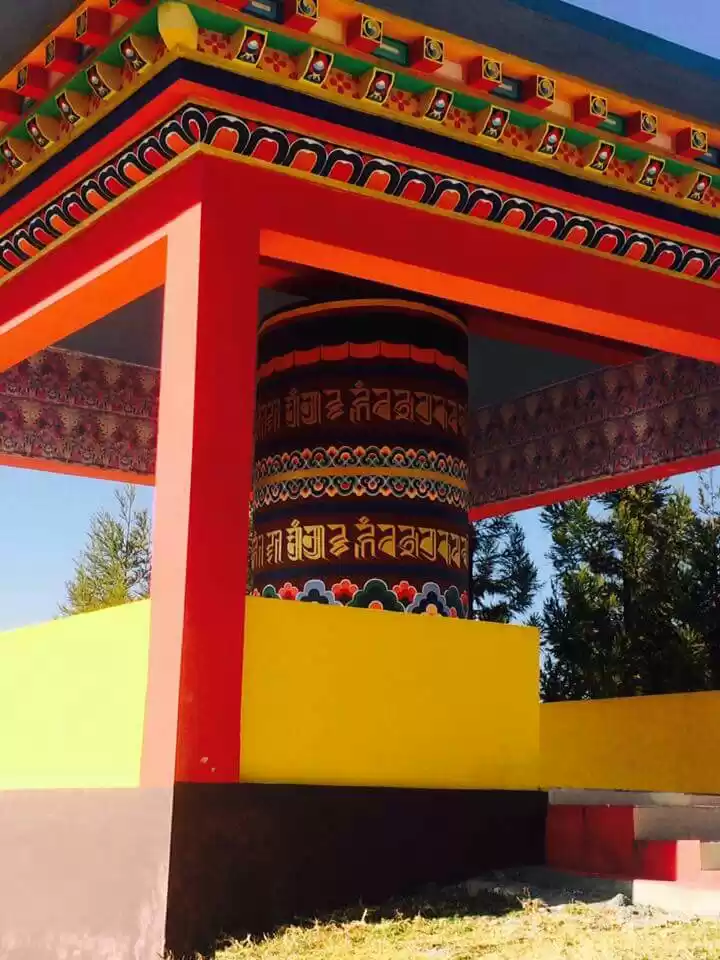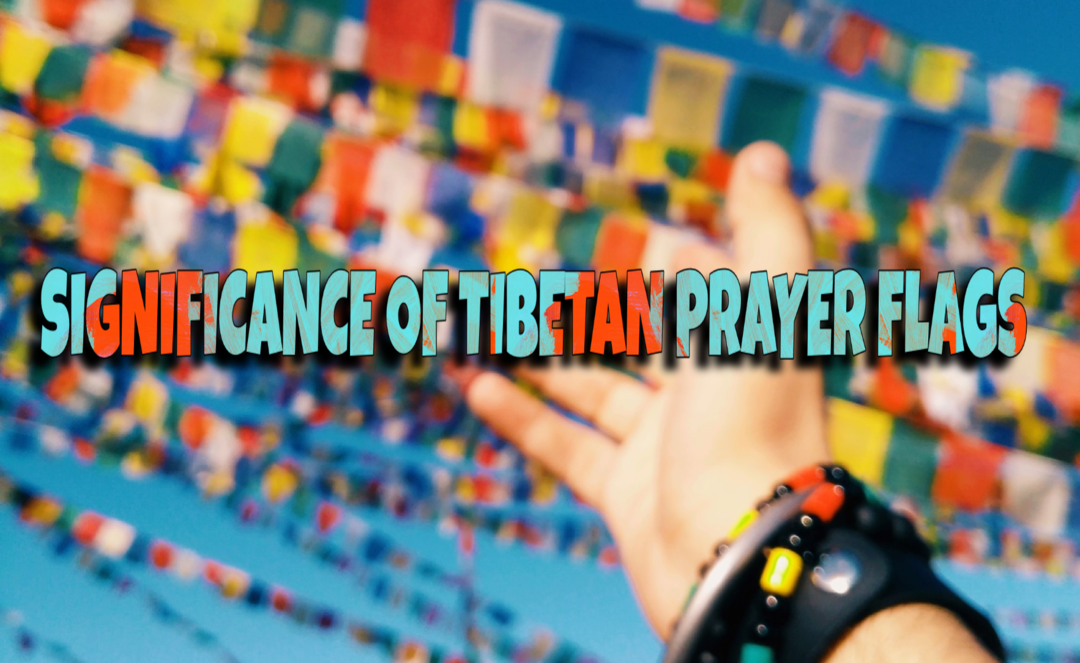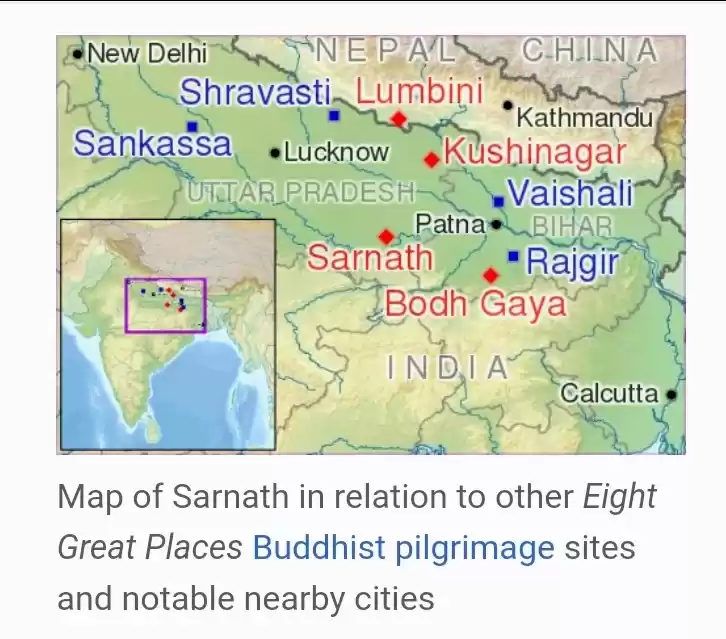
Tashi Tagye (Eight Auspicious Symbols) is a prevalent sign and symbol in Tibet. When you arrive in Lhasa for your Tibet tour, you will find these symbols everywhere from the Khata (white scarf) your guide will offer to the hotel room's interior design.

As a tour guide, I have to explain the meaning of these symbols to travellers on the route from Airport to Lhasa city.
Today, I will write about it in detail to understand the meaning behind these beautiful artworks.
ORIGIN OF TASHI TAGYE
Legend has it that when Lord Buddha achieved enlightenment, God offers him different good fortune items that the Eight Auspicious Symbol or Tashi Tagye represent.
Brahma was the first to appear with the offering of the thousand-spoked golden wheel of Dharma, requesting Shakyamuni to turn the teaching wheel of Dharma.
Indra was the second to appear. He presents a white and right spiralling conch shell as a symbol of the proclamation of the Dharma.
The goddess Sthavara, who had borne witness to the Buddha enlightenment. Present Buddha with a golden vase full of nectar of immortality.
REPRESENTATION OF EIGHT AUSPICIOUS SYMBOLS
Different tradition has a different meaning for each of Tashi Tagye (Eight Auspicious Symbol).
In eastern Buddhism, these symbols represent the eight precious vital organs of the Buddha'sBuddha's body.
According to Tibetan tradition, we identify the eight auspicious symbols as forming of the body of Buddha;
Parasol representing his head The golden fishes his eyes The lotus his tongue The treasure vase his throat The wheel his feet The victory banner his body The conch his speech The endless knot his mind.
ARTWORK OF TASHI TAGYE (EIGHT AUSPICIOUS SYMBOL)
The eight Auspicious symbols could be draw individually, in pair, in four or as a group of eight.
When these are draw as a group of eight, You will find only seven items excluding the treasure vase. It is exclude because the grouping of these seven forms the shape of the vase.
In Tibet, you will find these eight symbols decorating a different object, both secular and sacred. Such as carved wooden furniture, embellished metalwork, wall panels, carpets and silk brocades.
Most commonly, when you arrive in Tibet for your holidays, Your tour guide will offer you a Khata ( Tibetan ceremonial white scarf). You will find these symbols on the white scarf.
To welcome dignitaries or guest to the Tibetan marriages or any ceremony in Tibet, we would frequently draw the eight auspicious symbol on the ground by sprinkling white powdered.
THE EIGHT SYMBOLS
Here I am going to discuss the meaning and significance of each of the eight symbols.
PARASOL (གདུགས་)
Parasol, decorated with precious jewels represents the Buddha's unfathomable head.
The dome of parasol symbolises the wisdom and the hanging skirt represent the compassion.
The eight symbol's parasols represent parasols offered to Buddha by countless celestial and human beings, which Buddha blessed as a symbol of protection from the source of suffering, destructive forces, and illness.
As the parasol protect us from the sun's scorching heat, Buddha'sBuddha's wisdom and compassion help protect us from the heat of suffering, desire, obstacles, illness, and harmful force.
GOLDEN FISH (སེར་ཉ་)
The golden fish pair symbolises the quality of Buddha'sBuddha's enlightened mind, which is agility and swiftness.
It also signifies two types of wisdom penetrating and transcendental wisdom of the Buddha.
In Hinduism, the fishes symbolise two great rivers of Ganga and Yamuna, a symbolical representation of the solar and lunar channel.
In Tibetan Buddhism, two fishes symbolise happiness, as they live entirely free in the water. They also represent fertility and abundance as they rapidly multiply.
Other sources also suggest a pair of fish represent wisdom and compassion.
THE TREASURE VASE (གཏེར་གྱི་བུམ་པ་)
Treasure vase represents the Buddha's throat, which is consider an inexhaustible treasury of profound and vase teaching.
It also symbolises the spiritual qualities of Buddha as a container of nectar for immortality.
The golden treasure vase is model on of traditional Indian clay water pot.
Tibetan treasure vase is usually represent as a highly ornate golden vase with golden petal radiating around its various sections. From its upper open it has one flamming jewel and group of jewel protruding.
LOTUS (པད་མ་)
The lotus flower in the eight auspicious symbols represents the Buddha'sBuddha's tongue.
As the lotus is an absolute symbol purity for the dirt of its surrounding, buddha speech is free flaws, endowed with eloquence and other good qualities that relishes the profound taste of Dharma.
As lotus seeds grow from the water and not from the soil, it symbolises divine and spontaneous generation.
Lotus symbolises purity and immaculate existence of Buddha. As its muddy surroundings do not stain lotus yet, it thrives in it. The Buddha thrives in this unperfect world.
The lotus seat or throne also on which most deities sit symbolise their innate purity.
They are born into cyclic existence. But they are entirely free from defilement, emotional hindrance and obscurations.
CONCH (དུང་དཀར་)
On the night of Buddha full enlightenment, God Indra was the second to visit and offer him white conch shell spiralling clockwise.
The white conch represents proclamation of the truth of Dharma fearlessly, which is profound, melodic and far-reaching.
It also signifies the sound of Dharma that awakens sentient beings from the sleeping state of ignorance. It convinces them towards the path of noble and virtuous deeds that are beneficial for others.
The Conch shell is blown in commemoration of this event whenever a high lama is a special sermon.
One of the thirty-two major signs of an enlightened being is deep and resonant voice. It is artistically represent by three couch like shape in the throat of Buddha's Image.
The Auspicious conch shell is the right spiralling conch shell is consider sacred and rare in nature.
Clockwise or the conch's right spiralling movements are echoe in the celestial motion of sun, moon, planets, and star across the heaven.
The hair whorls on Buddha's head spiral to the right, as do his fine bodily hairs, the white curl between his eyebrows, and the conch like the swirl of his naval.
THE ENDLESS KNOT (པ་ཏྲ་)
The eternal knot overlapping without a beginning or an end symbolises the Buddha's endless wisdom and compassion.
As a secular symbol, it denotes continuity or dependent origination as the underlying reality of existence.
VICTORY BANNER (རྒྱལ་མཚན་)
The victory banner signifies the Buddha's victorious enlightenment and his vanquishing of the armies of Mara.
In Tibetan Buddhism, the victory banner is symbolise eleven methods of overcoming defilement.
The victory banner is says to have placed on Mt Meru's summit, symbolising the Buddhas victory over the entire universe.
THE WHEEL OF DHARMA (འཁོར་ལོ་)
After Buddha attained enlightenment, Brahma ( the king of gods) has offered a thousand spoked wheel to Buddha and ask him to turn the wheel of Dharma.
Buddha blesses the wheel as an auspicious symbol and uses as a metaphor of his teachings.
Buddha's first discourse at the deer park is known "the first turning the Dharma wheel."
All the enlightened beings have thirty-two marks on their bodies, and wheel pattern on feet is one. The wheel of Dharma also signifies the buddha feet.
The hub of the wheel of Dharma symbolises moral discipline, and the eight-spoke symbolise analytical insight, and the rim, meditative concentration.
The eight-spoke points to the eight directions and symbolises the Buddha's eight noble paths of the aryas.
CONCLUSION OF TASHI TAGYE (EIGHT AUSPICIOUS SYMBOLS)
As you travel to Tibet, You will often see these Auspicious Symbols.
I have discussed its Origin, Representation, artwork, and I have described each one of eight in this post.
I hope you will find this post useful and meaningful.
Our Travel agency ( i-Tibet travel and tours) offers great tours services to the entire plateau.
You can read more Tibet travel guide from this link.
If you have any further questions about travelling to Tibet, please do write us for a free travel consultant to Tibet. You can reach us at woaber@nomadictibet.com.
https://www.nomadictibet.com/tashi-tagye-eight-auspicious-symbols/



